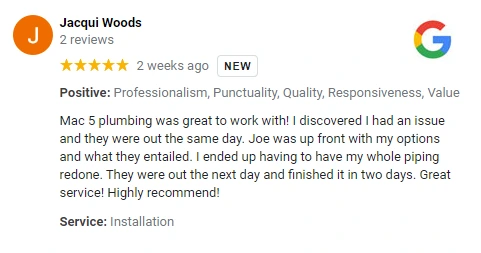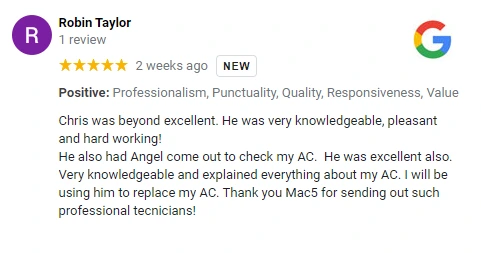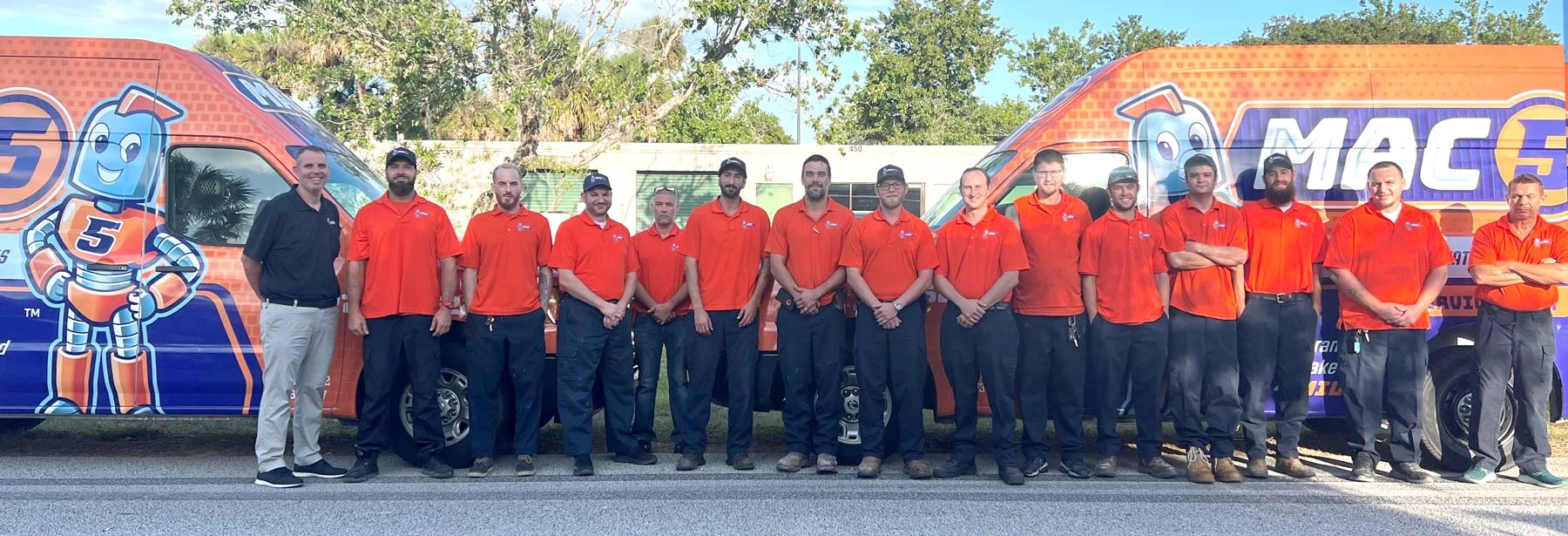Did you just step into an inexplicable puddle? Is there no water outlet nearby? Why is water going up instead of down the drain line? What’s causing the inconvenience, and how do you stop it?
If your floor drain backups, it may set off a series of inconveniences with various plumbing fixtures. Don’t forget that your home’s plumbing system is interweaving, linking every inlet and outlet.
Call a professional plumber the next time you walk into a puddle from the basement floor drain.
HELP! My Floor Drain Backed Up
Your basement floor drain producing backflow is problematic, but backed-up sewer water is another thing. A sewage backup is hazardous to touch or inhale and requires immediate attention.
If your basement floor drain backing water isn’t bad enough, if it’s murky, smelly, and comes with more particles, it may come from sewer lines. The thought of sewage water flowing out of your basement floor drains is gag-worthy.
Remember, the lowest drain in your home is the closest link to your main drain line, where all wastewater settles. That’s right. Your bath water, dishwater, and toilet water eventually end up in the same place.
One clogged drain can affect the entire operation.
What’s Wrong?
Clogged drains can create a hazardous domino effect with many inlets, outlets, pipes, and lines. It can begin with one drain, creating a vacuum, and impacting all water flow.
Is there something wrong with my drain line?
A drain system is designed to follow a series of pipes and lines in a downward trajectory. If something is causing it to go up instead of down, then there’s a cause for concern.
Whether it is a clog, corrosion, installation, or maintenance problem, there is definitely something wrong with your drain line producing backflow. Minor issues may be dealt with quickly, but it takes longer to remedy basement floor drain backups.
Basement drains are the pseudo-end of the line for your drainage. The line underneath your basement floor is the closest link to the main sewer line, and if that backs up, your entire drain system may be compromised, or problems may stem from the external sewer line.
Your basement floor drain backing up indicates a more severe problem, which helps to address the issue sooner rather than later.
What are Sewer Lines?
Sewer lines handle your home’s sewage. They are a series of underground pipelines leading outward to a gutter, city sewer line, or septic tank. Unlike a drain line, a sewer line is external. However, a sewer pipe may be inside, connecting the drain to the sewer line.
Get to Know Your Drains
Your basement drain is the most telling of all your home’s drains. However, it isn’t the only drain that affects the rest of your drain system, nor is it the only one that you should look at for symptoms of a problem.
Below are most of the drains you find at home and what they might look or smell like if they are clogged or backed up.
Shower Drains
Shower floor drain backups occur more often than others due to soap scum, tangled hair, different accessories slipping in, and sediment buildup. The drain inlet is typically dense to help particles from falling in, sometimes leading to lingering standing water.
You can tell when there’s a problem when water takes longer to drain or if an odor emanates. Most homeowners remedy these problems quickly by using a drain snake, hot water, and bleach solution. Still, you can’t fix some issues with DIY solutions.
The next most susceptible drain is the one in your kitchen sink.
Kitchen Sink Drains
While the basement floor drain backing up sewage is terrible, one occurring in your kitchen is arguably worse. A basement drain backing sewage indicates problems, but rarely are you exposed to the backflow.
Your basement floor drain backing up will rarely result in overwhelming odors that bother your entire household. Sewer gases coming from your kitchen sink are disgusting and dangerous.
You are exposed to hazardous sewer gas while cooking, eating, or washing the dishes. It may result in dizziness, allergies, asthma, or fainting spells, and considering you are inhaling carbon dioxide, and it’s only a matter of time before it results in lasting health issues.
Call a professional drain cleaning service if you hear gurgling noises or smell foul odors from your kitchen sink.
Warning
Always reach out to specialists! We know there are a lot of self-help articles online encouraging you to bring out your inner McGyver. Still, it is inadvisable to dismantle a drain’s p-trap without proper safety precautions, tools, and techniques.
Floor Drain Lines
Your basement drain isn’t the only floor drain in your home. You may find more in your bathrooms, garage, garden, front, or backyard. A drain backup outside your home may also be attributed to tree roots infiltrating the main sewer drain and sewer line pipes.
The basement drain may also be affected by tree roots creating a clog in the main drain or sewer line. Toilet paper, paper towels, and other particles, including fabrics and detergent scum from your wash-tub basin, are leading causes of a sewer line problem.
If you hear gurgling or see excess water within the pipelines of your basement drains, you can follow the steps below before calling for professional assistance.
Drain Cleaning: Do It Yourself Remedies
Don’t worry! With some everyday items and a little faith, you can minimize clogs. However, nothing can replace professional services.
How to Clean Your Basement Floor Drain?
Remember, things like cleanouts, sewer lines, and your main house trap are off-limits. It doesn’t help to tinker around things you aren’t familiar with; pushing and prodding around fixtures may cause future backups and worse damage.
What Should I Do About a Clogged drain?
Sewage backups aren’t always impossible to deal with. Collect baking soda, boiling water, white vinegar (or lemon juice), and a wire hanger. Remember to wear gloves and goggles to keep things sanitary.
This cleaning method won’t be effective against tree roots in your house trap, but it helps flush sewage water.
Shower Floor Drain
- Remove the cover.
- Pour hot water into the opening.
- Pour one cup of baking soda next.
- Follow it up with equal parts of white vinegar or citrus liquid.
- Let it sit for thirty minutes before rerunning the water.
These steps should be enough to flush soap scum and other sediment blockages. However, it would help if you snaked drains before cleaning, especially external drains.
External Floor Drains
Some of us prefer washing clothes outdoors. In these cases, opt for hot water instead of cold. Your yard drains may link to your kitchen and sewer line, where grease and oil are abundant. Pouring cold water down that house drain may clot grease and cause a sewage backup.
Follow the above steps to clean out these drains. Considering these drains are typically where the ground settles, it would help to opt for an electric snake to unclog tree roots and other debris.
Be more careful with external drains. They may be linked to your house trap, which is attached to a street-side plug. Accidentally hitting the wrong plug can release sewage into the trap, affecting drain lines up to your roof.
What is a Vent Stack?
There is a sewer pipe on your roof. However, it doesn’t absorb or expel water.
The pipe is called a vent stack and allows sufficient airflow to facilitate water better, preventing clogs and keeping the downward flow in order. Particles may block the vent and disrupt ventilation, affecting sewage.
Your toilet making noises and improperly flushing are the first indications of ventilation problems.
Does a Clogged Toilet Affect My Basement Floor Drain?
While the basement sewer line is at the bottom, it is directly linked to your toilets, even the ones on higher floors.
Flushing toilet paper, paper towels, or baby wipes down the toilet may result in sewer backups from your basement drains. Clogs in your kitchen sink drains may also affect your basement drain.
How is my Toilet Bowl linked to the Basement Floor Drain?
Are All My Drain Lines Interlinked?
Unfortunately, clogs lead to sewage backup in different areas of the house. It may even lead to sewage backup contaminating standing water for your washing machine. A drain hose is linked to a water supply for your washing machine to tap into, which is sometimes connected to your water heater. However, some homes have a separate refillable supply for their laundry room, with a storage tank linked to the sump pump or directly into the sewer line.
Sewer line damage may lead to sewer gases being released into your laundry water supply tank, wash-tub basin, kitchen sink, shower, or basement floor. Sewer water can stew around your laundry without you knowing it.
How Does Wastewater Leave My House?
Here’s what the entire process looks like:
- All wastewater is sent down the corresponding drain line.
- Drainage exits separate drain lines.
- All drain water ends up in the main drain line.
- Drainage enters the internal sewer pipe leading to sewer lines.
- Drainage meets sewage.
- All wastewater settles in low-lying plumbing fixtures at the bottom of your home.
- Sewage flows into the main sewer line.
- The main sewer line directs your sewage into the city sewer system or septic tank.
Your home’s sewer line redirects water outward, away from your house. While your main sewer line facilitates outflow, it is a one-way road preventing sewage backups.
Drain Cleaning: Do’s & Dont’s
You won’t be ready to set up your agency but read on to find out how to keep clogs at bay.
Do Clean Your Drain: Tools & Techniques
Gentle but thorough. Corrosion weakens fixtures, and using solutions and chemicals that are too harsh may expedite its effects. Don’t forget that industrial solvents are effective, but they may wear out corroded pipes.
Opt for baking soda, vinegar, and other natural remedies for DIY purposes.
Fashioning a plumbing snake out of a wire hanger is helpful, but thicker components may cause abrasions and disrupt water or airflow.
Don’t Damage Your Drain: Common Mistakes
A common mistake homeowners make is dodging professional services. If you are trying to save a few bucks by remedying everything yourself, you may cause more damage.
When your basement drain backs up, it’s no longer time for any home remedies. Call a specialist now.
Leave Your Worries About Backflows to the Pros!
If you are hesitant to call professionals due to past experiences, don’t worsen any damage by relying on self-help articles and amateur plumbers.
If you need professional plumbing assistance, we got the guys for you.
Mac5 Services: Plumbing, Cooling, Electric, Heating, Drains
The Mac5 team prioritizes efficiency and transparency. We can help you with major concerns like sewer line repair and repiping services to replace corroded or faulty pipes. Trust us with your troubles; we can guarantee quality drain cleaning services that aren’t just your money down the drain.
Remember, neglecting routine maintenance is just as bad as improper handling of repairs.
Book a drain inspection today online or call our hotline for urgent concerns.




No Comments yet!